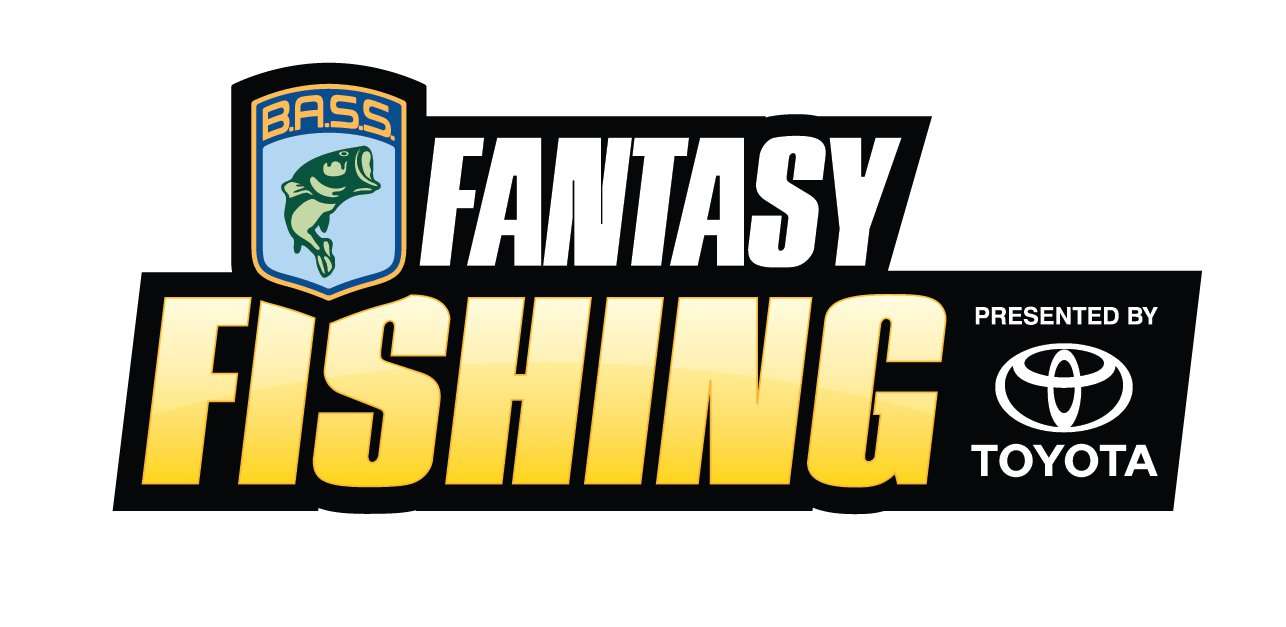
Bassmaster Fantasy Fishing player David Beaver is one of several people who e-mailed Bassmaster.com requesting advice on how to analyze anglers’ ownership percentages in order to draft a better Fantasy roster:
“I get that the more people own an angler — and if you need to make up ground — the points aren’t going to help you a lot, so you’re better off picking an angler that, if he does well, can maybe jump you up in the points,” Beaver wrote. “But I’m unsure about these guys that are for example, 2.9 percent. Should that angler do well, is that going to be better for me in points, or just screw me up worse?”
Comparing anglers’ ownership percentages to their past history on the tournament venue (and/or comparable fisheries) is key to determining the best value Fantasy picks. You’ll win neither prizes nor braggin’ rights by playing it safe and picking highly owned anglers — the “favorites,” to borrow a term from horse racing.
To separate yourself from the pack, you must draft to your roster several lesser-owned anglers — and then those guys must finish higher than the heavily owned guys. That, of course, is easier said than done. You won’t win by picking the wrong long-odds horses either.
In my podcast, Fantasy Fishing Insider, I describe anglers as “undervalued” or “overvalued.” Undervalued anglers are those who appear to be in too low a bucket or those whose ownership percentages seem too low, based on several factors:
- Momentum: Have they been making cuts and cashing checks? Have they been consistently finishing higher than their bucket suggests they will?
- History: How have they performed on the tournament venue and/or on fisheries similar to it and the present season/spawn period?
- Gut feeling: Never underestimate your Spidey Sense when it tingles.
Recognizing and selecting undervalued anglers is the best — but most difficult — key to picking successful Fantasy Fishing rosters. Familiarizing yourself with the résumés of anglers who don’t routinely appear on TV and magazine covers will help a lot.
To help explain the finer points of Fantasy Fishing strategy, I spoke with Brett Baker, president and owner of Big Game Software, the company that manages the program that runs Bassmaster Fantasy Fishing. He confirmed that assessing anglers’ ownership percentages is a key to determining value.
“That’s where you get your advantage,” Baker explained. “The person who doesn’t really know thinks, ‘I’m going to go with the one the rest of the crowd is going with.’ The person who’s done a little more research may say, ‘I don’t care that everyone else is going with this guy, I know better. I know this other guy performs particularly well on this kind of river,’ and they go against the grain. That’s really where the ownership percentage would come into play.”
Tens of thousands of people compete in Fantasy Fishing, according to Baker — more at the beginning of the season and fewer toward the end of the season as some players fall out of contention. For the purposes of this analysis, we’ll say 25,000 people are playing. That’s the field you are competing against.
If 6,250 out of 25,000 players picked a given angler, his ownership percentage would be 10 percent. If only 250 people put him on their roster, his ownership percentage would be 1 percent. Those numbers are important to consider when setting your roster, because anglers with greater ownership percentages offer lesser returns.
Let’s say you pick Kevin VanDam in Bucket A at 35 percent ownership and I pick Steven Kennedy at 1 percent ownership. And let’s say VanDam finishes 10th and Kennedy finishes fifth. In that scenario, VanDam would earn 260 Fantasy points for you and Kennedy would earn 280 points for me — 20 points more than you.
But the real value Kennedy would offer in that scenario is the gain he would provide against the field. The player that picked KVD would be one of 8,750 people who scored 260 points, but the player who picked Kennedy would be one of only 250 people who scored 280 points. That’s what we mean when we say an angler offers a chance to “gain ground on the field” or “make a move against the field.”
“If I’m trying to make up ground on the guy ahead of me … and I see that a few anglers have an overwhelming ownership percentage, I’m probably going to go against the grain, hoping that the guy ahead of me is with the masses,” Baker explained. “Because I have to do something different than him to catch up.”
Beware, however, that this strategy is what we call a “high risk, high reward” strategy. Because if Kennedy finishes behind KVD, based on the scenario described earlier, the numbers turn tables on you — now 8,750 people jump in front of you.
So, how do you determine when to pick a 1-percenter over a 35-percenter? Or a 5-percenter over a 10-percenter? How do you determine which anglers are undervalued and which are overvalued?
Do some research, listen to your gut and keep reading the Fantasy Fishing columns here on Bassmaster.com. And listen to the Fantasy Fishing Insider podcast. My cohosts and I are nerds for this stuff and explain in detail which anglers we deem the best values and why. We also do impressions, quote Ron Burgundy and Ron Swanson a lot and sing PG-13 songs about Yum Dingers.
Originally published August 2013
